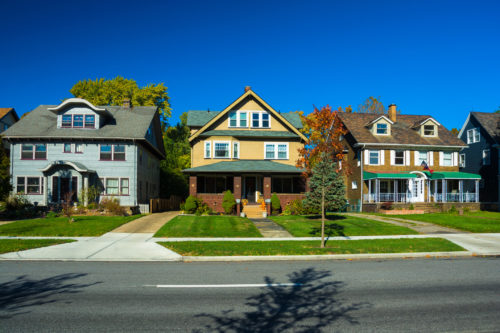
Residential Buildings
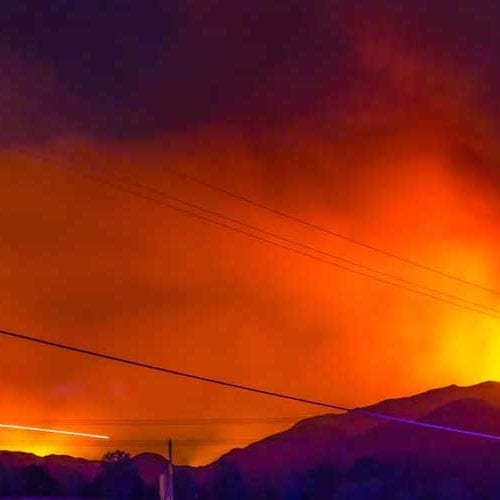
Adapting to Fire: How Cities Can Enhance Resilience with Distributed Energy
As California experienced uncharacteristically low precipitation in February, normally its peak rainy season, parts of the state are moving into drought conditions. This is likely to increase wildfire prevalence in the state in 2020, and it underscores the point that communities need to be thinking about a range of…

Surviving the Next Polar Vortex
One year ago this week, the Midwest was under siege from the “polar vortex” that caused subzero temperatures and power outages across Illinois, Wisconsin, Pennsylvania, West Virginia, Virginia, and New Jersey. In light of the fact that climate change is projected to increase the frequency and severity of these events,…
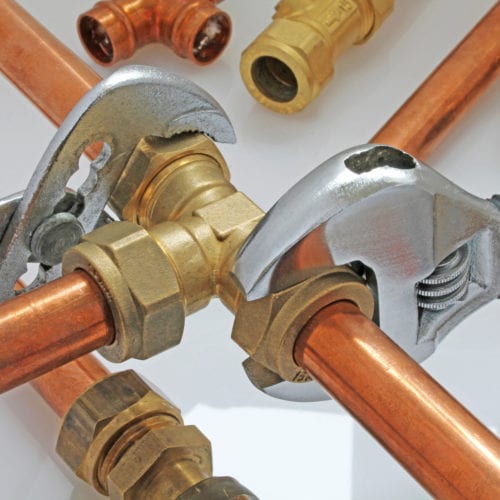
Fossil Gas Has No Future in Low-Carbon Buildings
States and cities across the country are beginning to grapple with a persistent source of carbon emissions that has largely gone ignored: burning fossil fuels in buildings. While the electric power sector nationally has reduced emissions more than 25 percent, there has been no change in carbon emissions from direct…
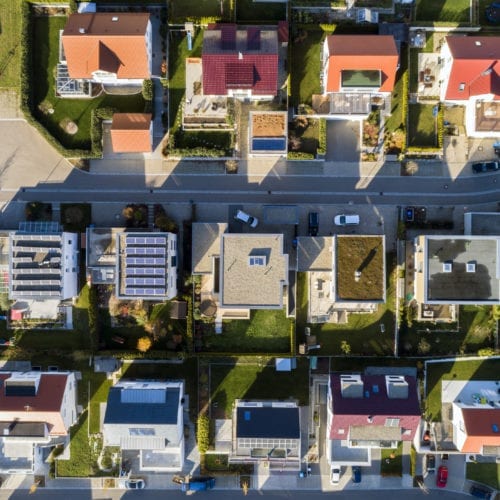
Making Our Existing Buildings Zero Carbon: A Three-Pronged Approach
To keep average global temperature rise to less than 1.5°C—which the IPCC states is necessary to avoid climate catastrophe—we need to fix our buildings. They are the largest end-users of energy, producing nearly 40 percent of US carbon emissions. Today, only a small fraction of our buildings do not produce…
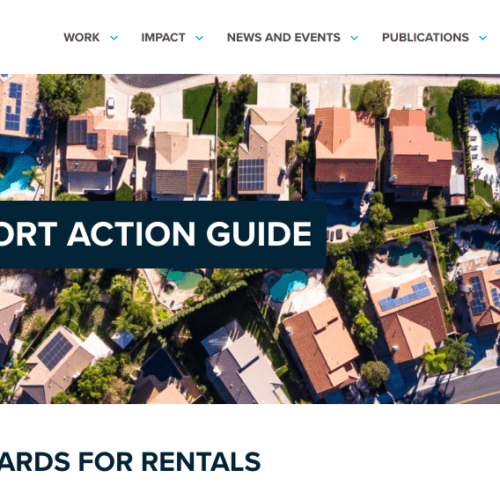
Equity and Climate: A Solution for Home Rentals
Lack of affordable housing and energy burdens plague many people and communities. Cities throughout the United States are looking for solutions to create greater equity. Many of these cities are part of the over 3,600 US cities, states, and businesses that have pledged support for the goals established in the…